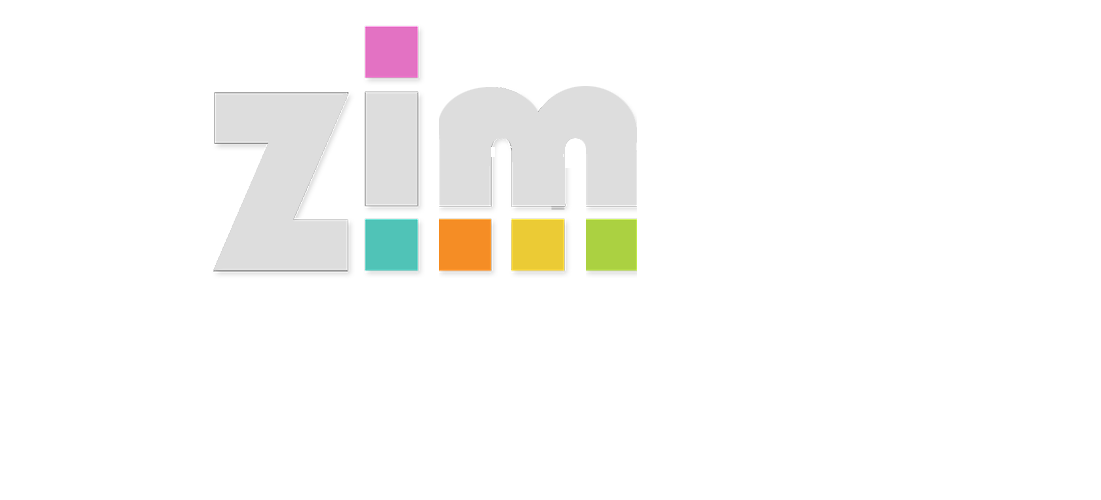Creative Coding
JavaScript tutorials for Schools, Coding Camps and Workshops




















Press above for hundreds of fun examples!
ZIM would like to thank Karel Rosseel
for making ZIM Kids better!



